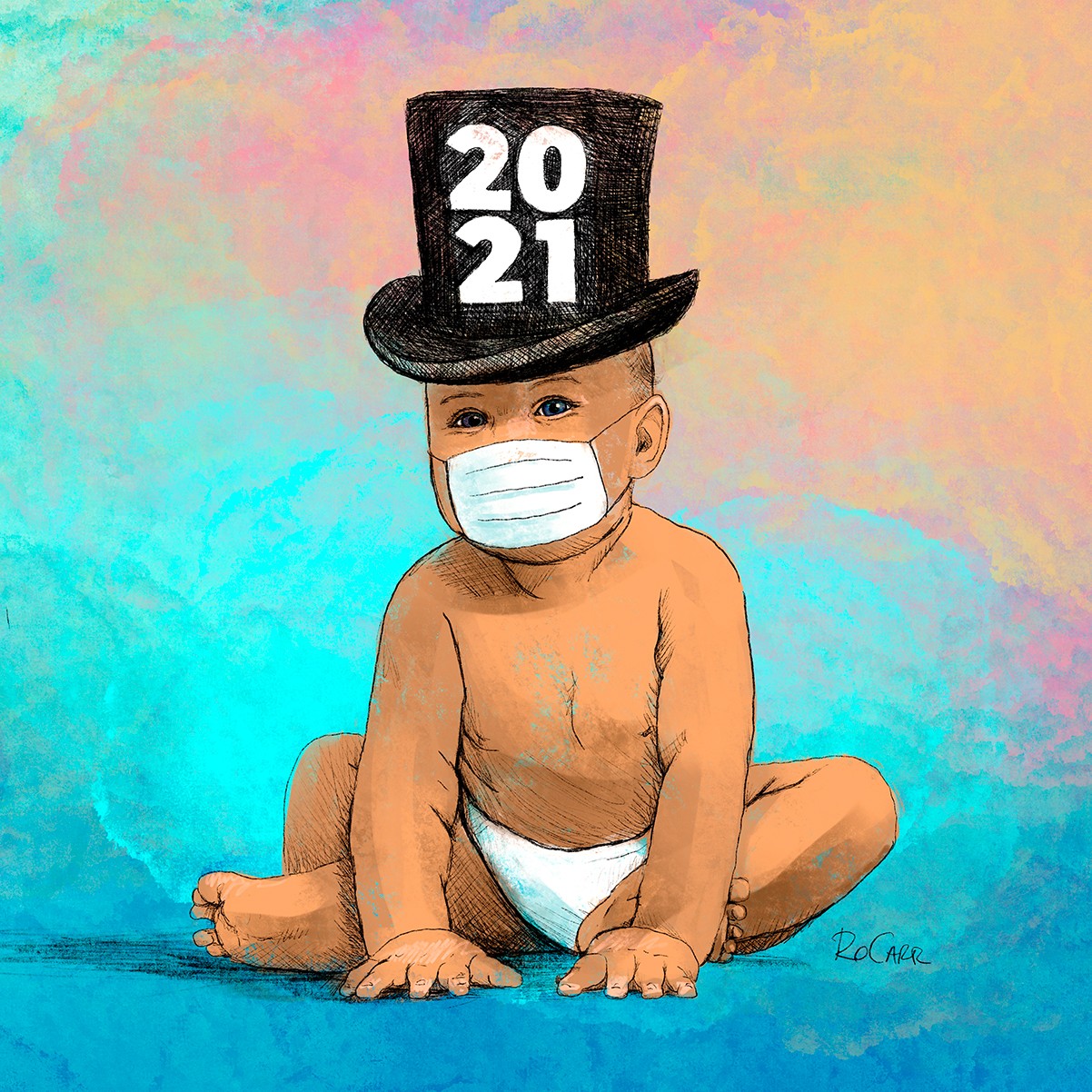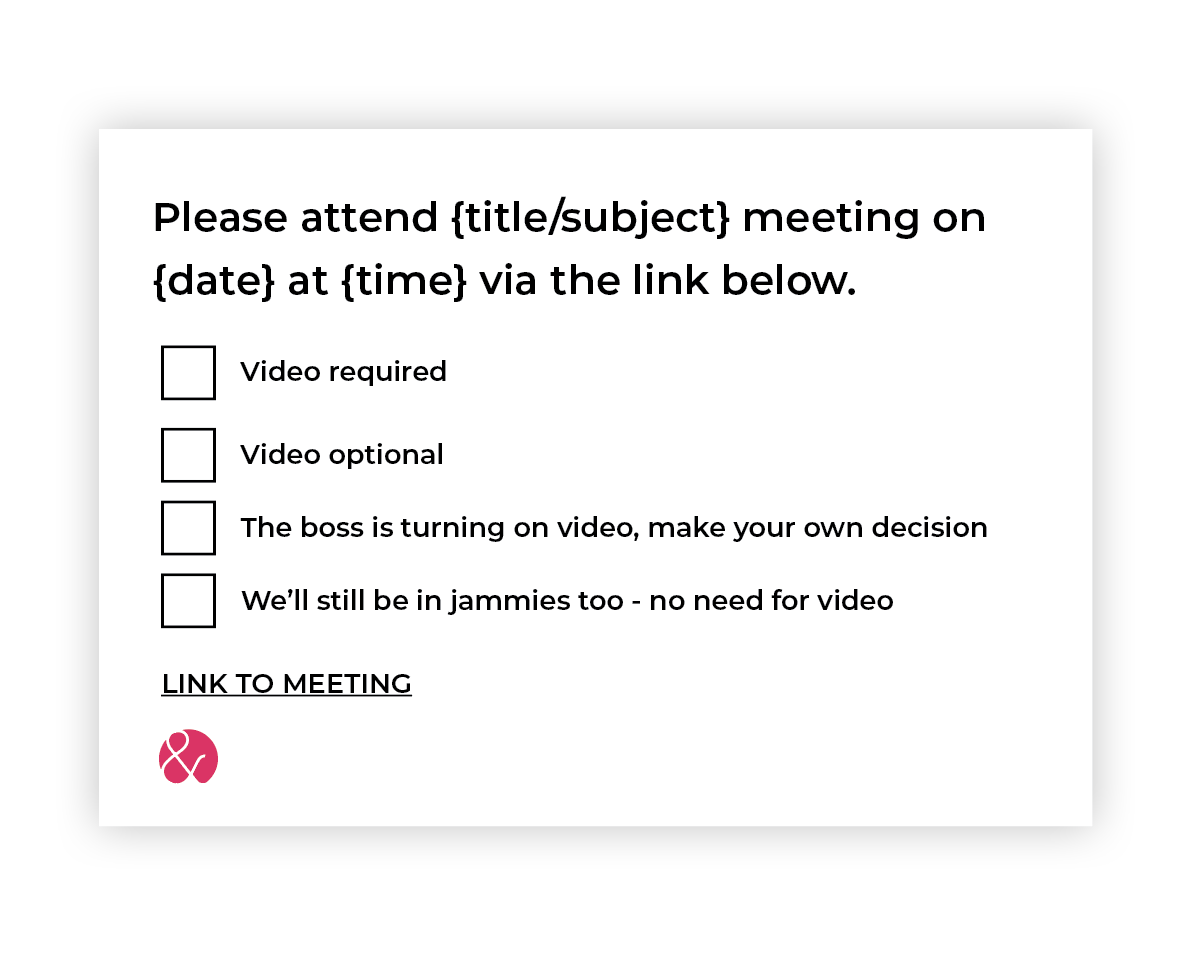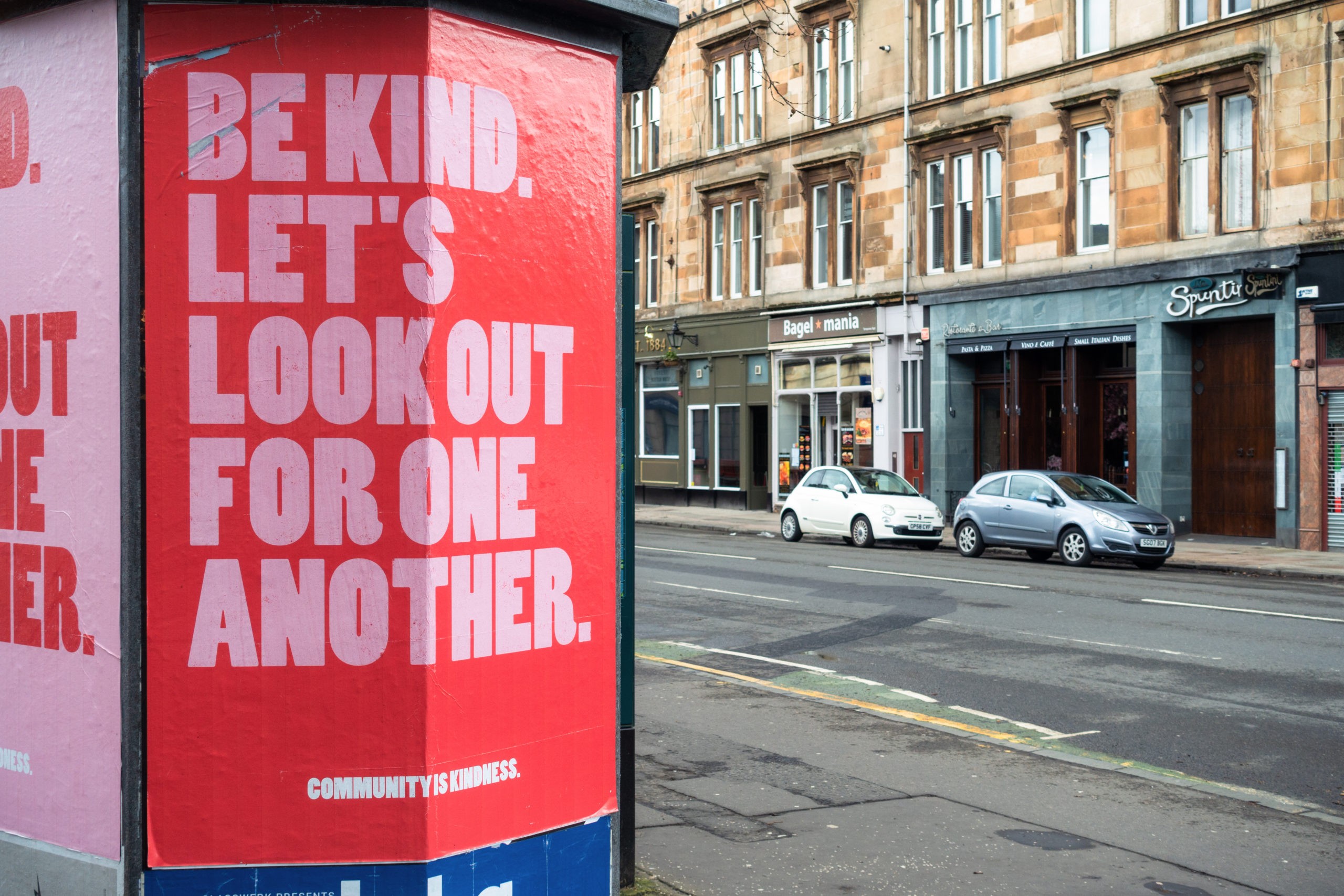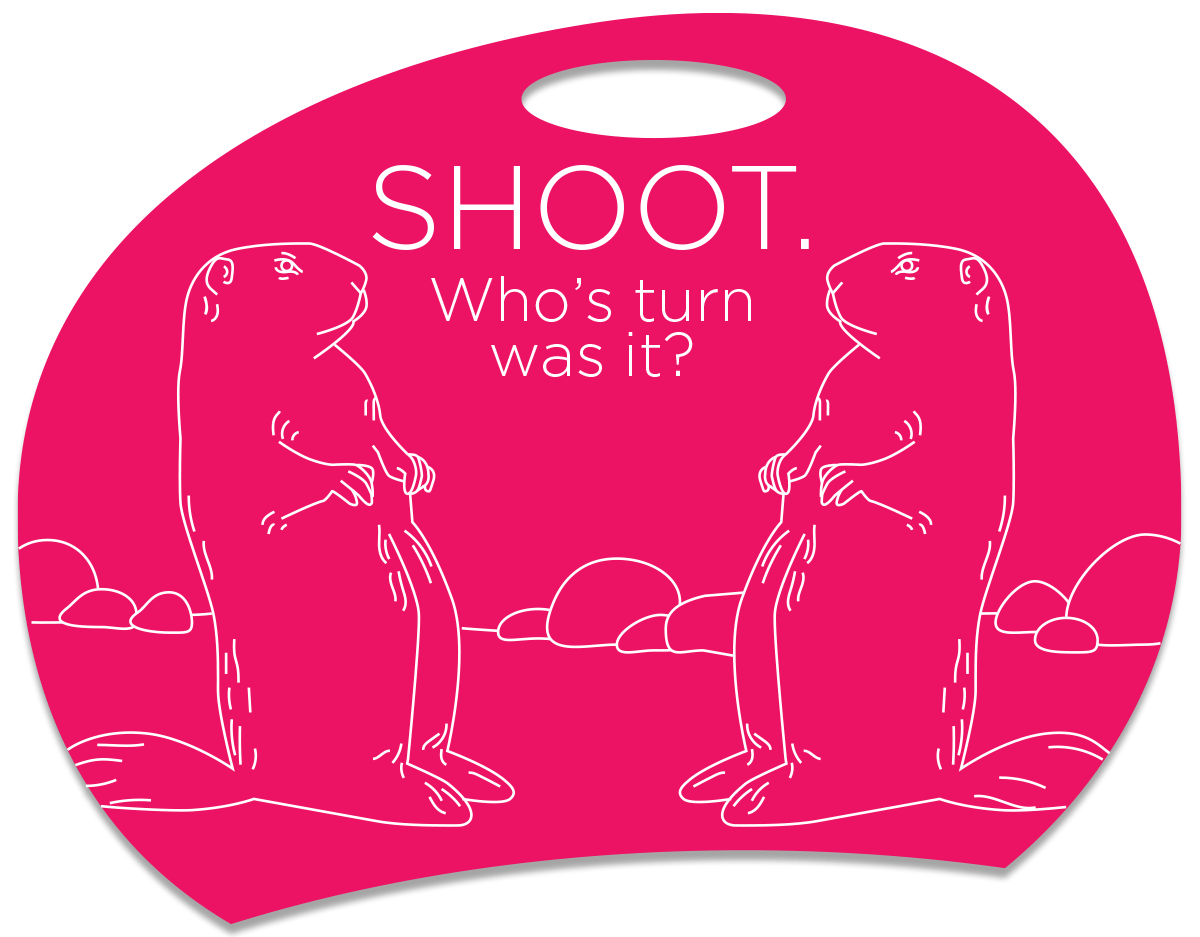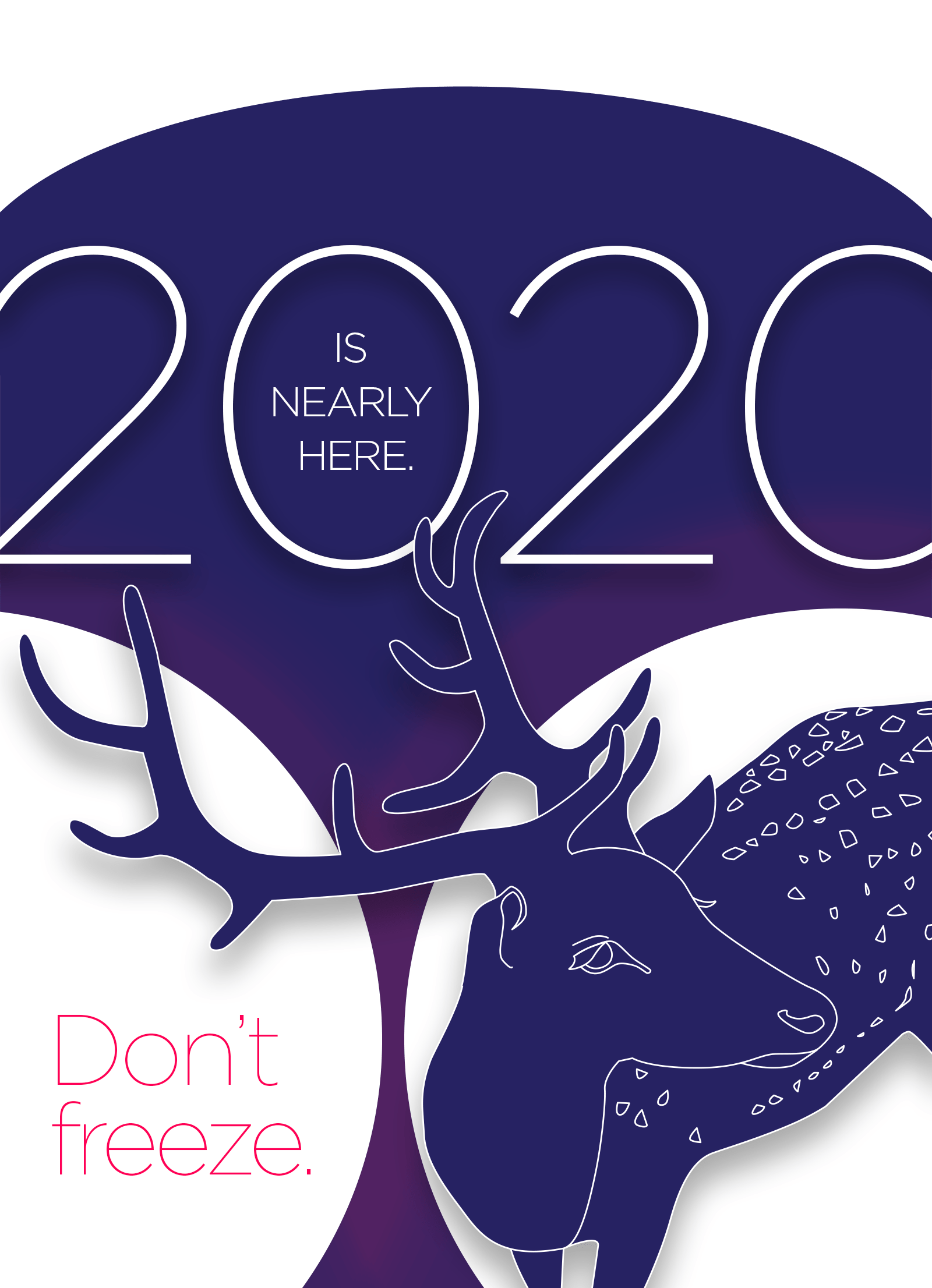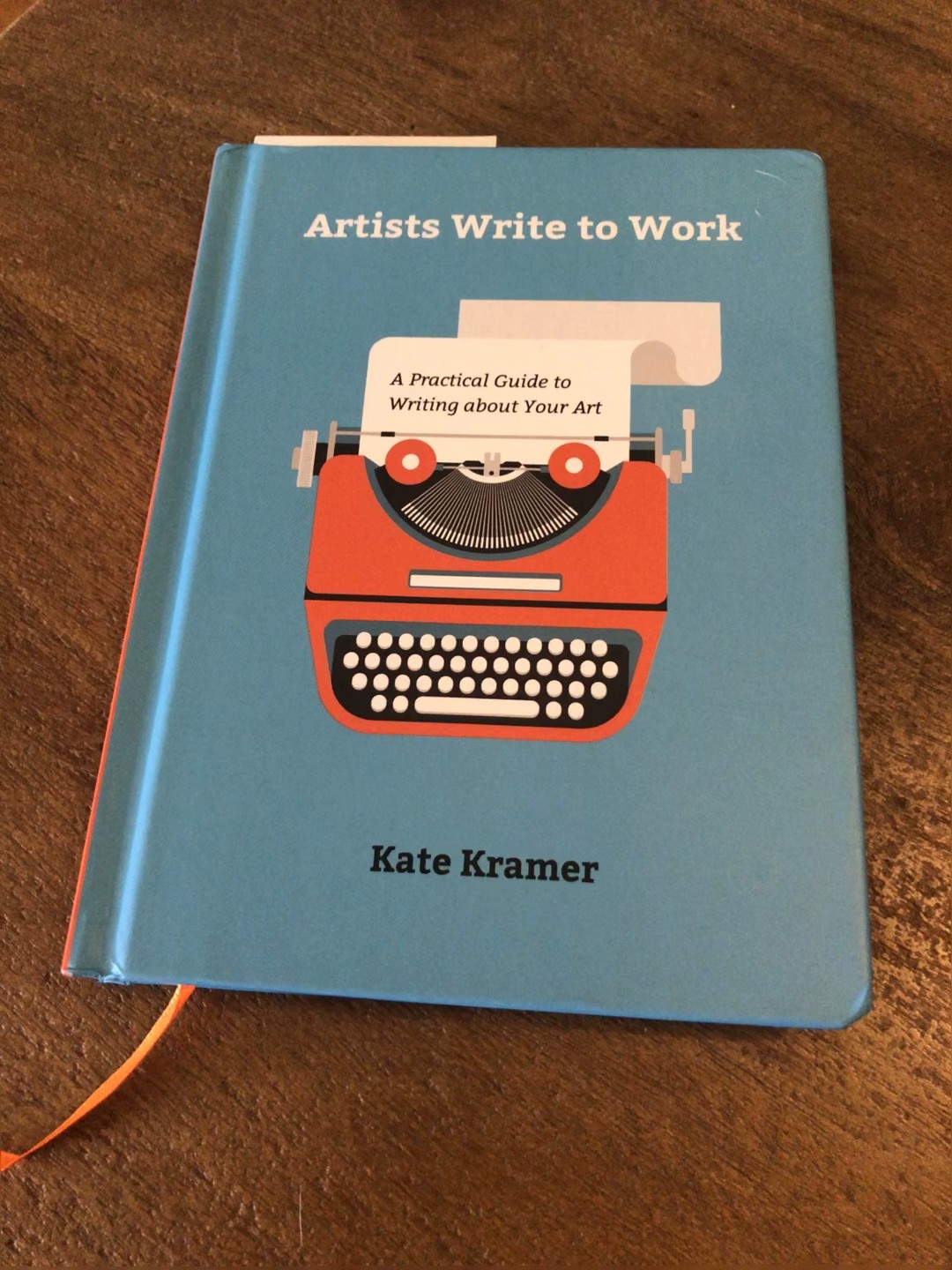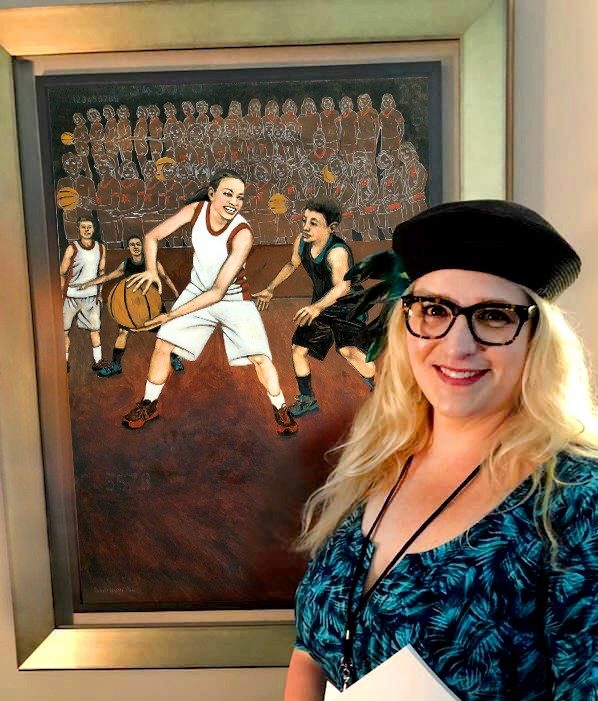If you’ve never worked with a graphic designer before, you may be unsure on how to proceed. It can be a scary concept to embark on choosing a logo or a web design or a marketing campaign that will not only represent your company well, but will also be an effective tool to build your business. You want to make sure your marketing dollars are spent wisely. As the company owner, it is on you to make the right decision. Done well, this process should be painless. Done poorly and you’ll spend more money than necessary, give yourself a headache and you’ll also piss off your designer.
So, let’s walk through the process. Following is a how-to process to help you make a confident decision for the future of your company, make yourself happy and build a strong relationship with your designer.
Step one: communication
The success of the project depends very much on good communication. In order for the designer to be able to do their job well, it is essential that you are clear in your direction. Let’s assume that you have a project you need designed and you’ve spent some time finding and hiring the right designer. To start the project the designer will ask you many questions about your company and about the project at hand. Sometimes they will ask you to fill out a “creative brief”. This is the information-gathering portion of the process. Think your answers through carefully - you'll be glad that you did.
Step two: the presentation
Once the designer has finished gathering information, they go to work. When they come back to you, they will show you a number of initial concepts for your project, all derived from the information you’d supplied to them in step one.
Keep in mind that any kind of creative development is a process. If you don’t see the perfect concept on first presentation, do not lose hope. With a little further guidance from you, the designer will find the right concept for your company.
If they’ve done their job well, all of the ideas presented should be on message, distinctive, memorable, universal, versatile, and they all must reflect the unique personality of your company. Assuming the presented concepts meet the above criteria, now it’s your turn to make some decisions.
Step three: the review
Following is a guide on how to make responsible and well-considered decisions about the creative concepts, and how to give your designer useful feedback.
- First impression – your first impression counts for a lot. Look at each concept and quickly rate them most favorite to least favorite. This will serve as your working list. Discuss these first impressions with the designer during the presentation but let them know you want to take some time to think about it before they should do any further work.
- Sit on it – while your first impression is important, it’s not wise to make a quick decision. After the presentation, take the ideas with you and display them in your home or office where you’ll be able to look at them for a while. Revisit the initial criteria of the project and make sure the concepts hit on all of them. If your eye keeps getting stuck on the same thing, good or bad, note it on your working list.
- Confer with few, not many – It is a good idea to get a few other opinions, but don’t make the mistake of asking everyone you know to chime in. Nothing drives a designer crazy faster than the client coming back and saying, “Well, my sister’s neighbor’s babysitter’s boyfriend is a house painter, so he’s good with color, and he didn’t understand this design…” The cliché, too many cooks spoil the soup, is very true in this instance. Choose a few people whom you trust for their taste, honesty, foresight and knowledge of your company and it’s goals. Limit your advisory group to 3-5 at most. Evaluate their responses and then go back to your working list and decide if you want to change your opinion.
- Remove prejudices – this is the hard one. If you are discounting a design because it reminds you of your first grade teacher’s favorite sweater, and you hated your first grade teacher… realize that this is an irrational prejudice. If the reason you are choosing against something is so personal to you that no one else will care or notice, then it is your responsibility to put that thought aside. Evaluate the concept from the standpoint of what it can do for your brand and your mission. Always and only should decisions be made from there. Check over your working list and remove any irrational decisions.
- Review your working list – go back to your list, review all of your notes, and reorder favorite to least favorite. Recheck that the favorite concept hits all the following: on message, distinctive, memorable, universal, versatile, and reflects the unique personality of your company.
- Respond to the designer with your thoughts – Just as it was very important to clearly delineate your wants and needs to the designer at the beginning of the process, it’s just as important here to communicate your reactions to their first drafts. So, communicate your decisions and ideas back to the designer. A few thoughts:
-
- The “why’s” are very important here. If you like or dislike something, try to verbalize why you are making that decision.
- It is absolutely ok to ask for edits to a particular design.
- If you love one of the concepts, but prefer the font used in another, it’s ok to ask the designer to meld the two ideas. They may have reasons why this will not work, but it’s absolutely ok to open that dialog.
- Overall, make sure you share all of your thoughts and ideas with the designer so they are well-equipped to provide an excellent second draft.
Step four: repeat steps 2 and 3
After receiving your feedback the designer goes back and reworks the concepts, and then you repeat step 3. Usually, if the designer is good and your communication is direct and clear, you should arrive at a final concept within the first couple rounds.
The main point here is that it’s your responsibility as the client to give good direction and feedback. It's every bit as important as it is for the designer to be creative and professional. If the two of you can communicate well together then you are destined for a stand out project.





